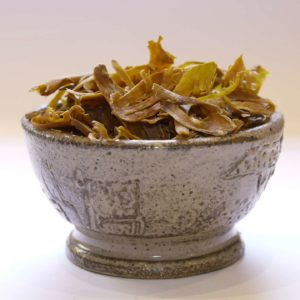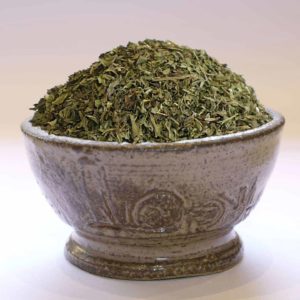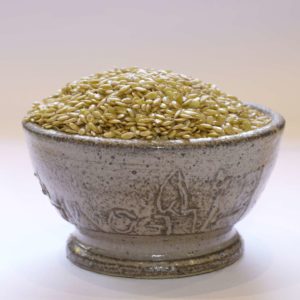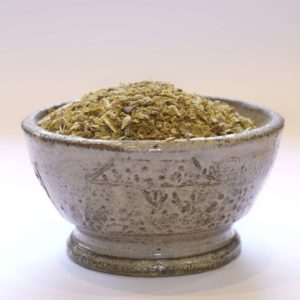0
- ONLINE GROCERY
- OUR HISTORY
- BLOG
- CONTACT
- MY ACCOUNT
- PRO
3,70 €39,40 € /kg
A herbaceous plant of the Apiaceae family, caraway is closely related to fennel and aniseed. Some countries call it cumin, but the two seeds have very different aromas.
Caraway seeds are used in particular (as is cumin). It is widely used in eastern France and Germany, and is particularly appreciated with a good Munster cheese.
Unlike cumin, which is produced in large quantities in India and Turkey (but also more intimately in Morocco, mainly in the Alnif region), caraway is mainly grown in winter in Europe (Holland, Poland, Russia), but also in early spring in Egypt (or India).
It is harvested twice a year, unlike cumin, which is harvested once a year.
Visually, it's easy for the uninitiated to make a mistake, as caraway and cumin look very similar: caraway is darker, cumin lighter, and the shape is almost identical.
What's unmistakable, however, are the flavours. Basically, cumin is a spice of hot countries, caraway of cold countries. Cumin is found throughout the gastronomy of the Maghreb, India and the Middle East. Caraway, however, is rarely used in French and European cuisine, unlike caraway, which is widely used in German, Austrian and Hungarian cuisine. It's found in sauerkraut and certain cheeses such as Gouda, the famous cumin-flavored Gouda, which contains absolutely no caraway seeds! A misnomer, certainly, which is why it's called cumin des près or cumin de Hollande.
Let's not forget that it's also used in the famous Kummel (German for caraway), an alcoholic beverage from Germany and the Netherlands, and in some vodkas.
| Weight | ND |
|---|---|
| Weight | |
| Botanical nomenclature | Carum carvi L. |



